This is a small story of how diminishing vulture population in India is affecting beliefs and faiths of local people.
A small town of Southern India, Thirukazhukundram, is known for centuries among the Hindu pilgrims for a large temple called Vedagiriswarar situated in a mountain top in the town. This temple is popularly known as Kazhugu koil(Eagle temple). Even the whole town is popularly named as Pakshi Theertham, meaning Birds’ Holy Place. Interestingly all these names are given after not a special bird species, but for only after a pair of birds.
Not known the exactly time line, but there is a century long tradition in the Vedagiriswarar temple to feed a pair of eagle like bird every day. Exactly at noon, the birds would fly down from the sky to partake of a prasadam of wheat, rice, ghee and sugar from the temple’s priest. The pair of birds have been fed many generations of priests counting years to many centuries.
According to the legend the two birds fly every day from Varanasi on the Ganges(Northern India) to this temple flying about two thousand miles, arriving at noon. They have lunch here and then fly southern most point of India, to Rameswaram. They then fly north up the coast to Chidambaram, go to sleep, and in the morning they fly north to Varanasi for a bath in the Ganges and then off back to Thirukazhukundram again. They are not considered as normal birds but as mythical “eight sages” or Asthavasus. In Indian Mythology, Asthvasus were guard to the eight points of the compass. But they did penance on which Hindu Lord Shiva was angry and cursed them to turn into vultures. When they asked for forgiveness, Lord Siva directed them to the temple of Vedagiri Ishwara where they would be fed and worshiped. They remained there in the temple. In the last three yugams(epoch), three pairs died leaving the last couple surviving in this epoch. Legend also says that the birds will not come if there are sinners in the crowd which assembles at the temple.
Till 1998 , the mystical bird pair used to appear every day at noon at Thirukazhukundram. But one day they stopped coming and they simply vanished. For the local people its a bad omen and attributed to the presence of “sinners” among the onlookers. For a decade now, no mythical birds has visited the temple but the ritual is of practiced by the temple priest in the hope that they eventually will turn up some day.
Unfortunately the faith of the temple priest may remain stay just in hope in future. Because from the research by Zoologists, it reveals that those birds were no eagles but a vulture species, the Egyptian Vulture! It is still a real puzzle for the Scientists about this unusual fare for the vultures, at Thirukazh. Specially the fact that and only two birds used to show up, although vultures are fond of gathering in goodish numbers to feast on corpses is a mystery to the scientists. As the tradition continued for centuries, many generations of vultures must have been involved int the fair, passing on the tradition, perhaps from mother to son, or husband to wife. Zoologists define this culture as an imitation of patterns of behaviors of one animal by another. Viewed from this perspective, the vultures of Thirukazhkundram certainly qualified as rather unusual animals of high culture.
But it is really sad the centuries long tradition is lost and probably never be recreated. For researchers its obvious that the unusual vulture also must have fallen prey to the human civilization and took the path of millions of other vultures in the country.
We have lost two very mysterious and unusual bird specimen whose study could have revealed many mysteries of the wild! More unfortunately we are losing the complete race of vultures from India!
Its time to save the Vultures! Whether they are in the tradition or not, they are a real useful species in the eco-chain cleaning up the whole environment.


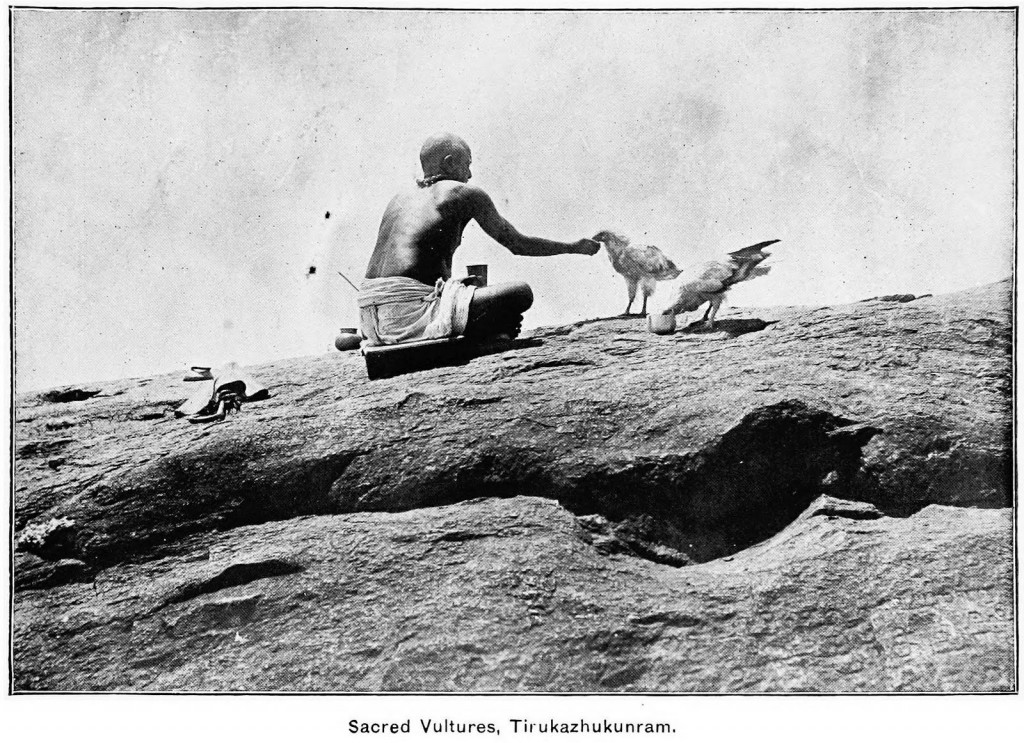

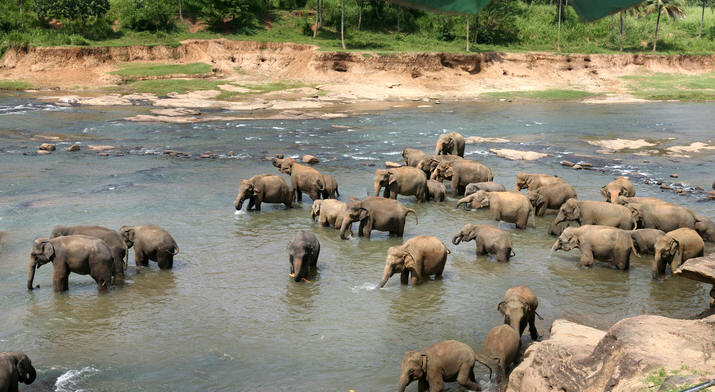
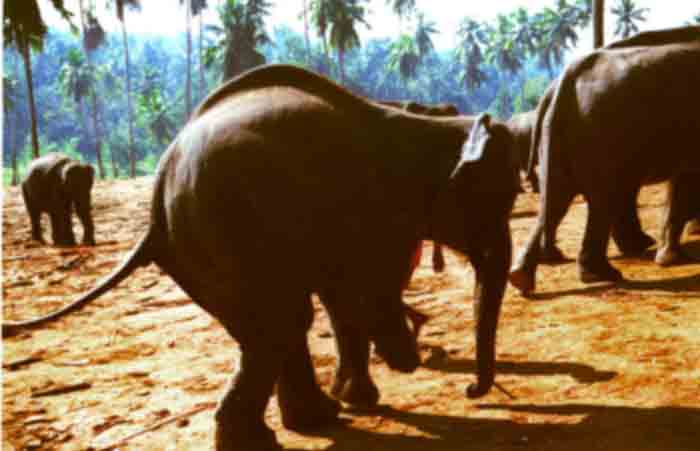
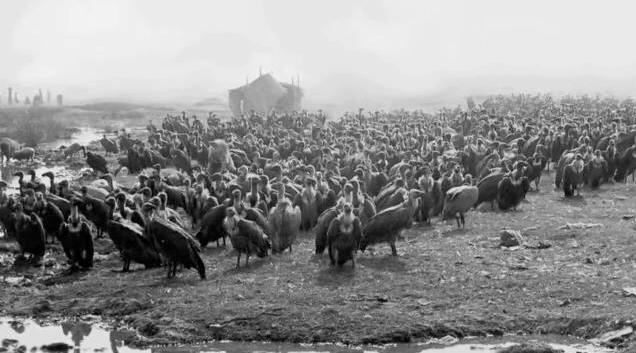

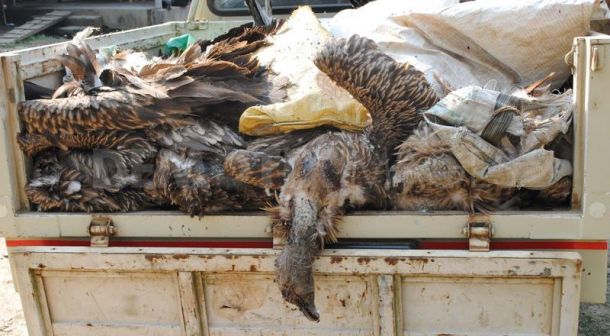
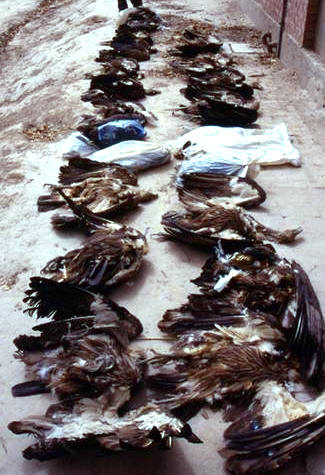
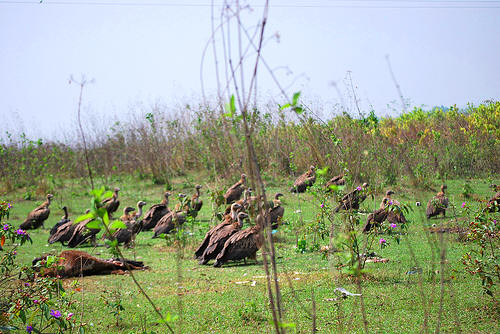
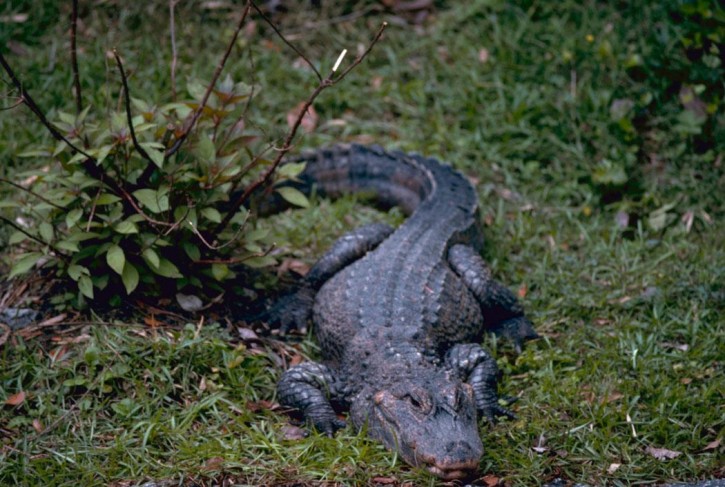
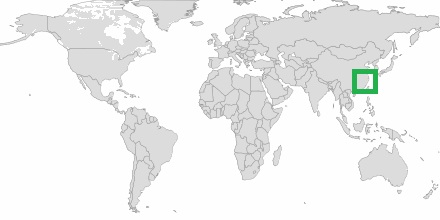
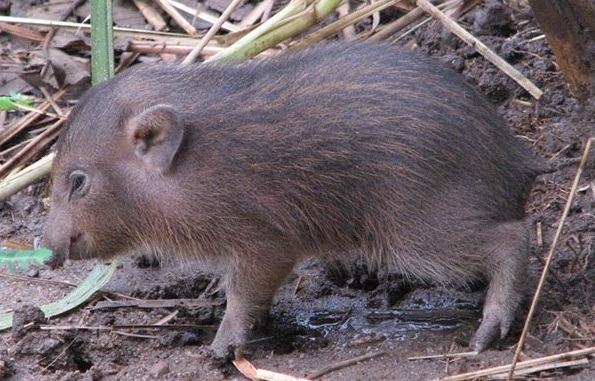
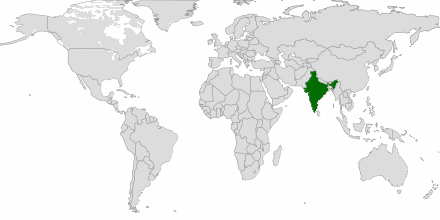
Recent Comments